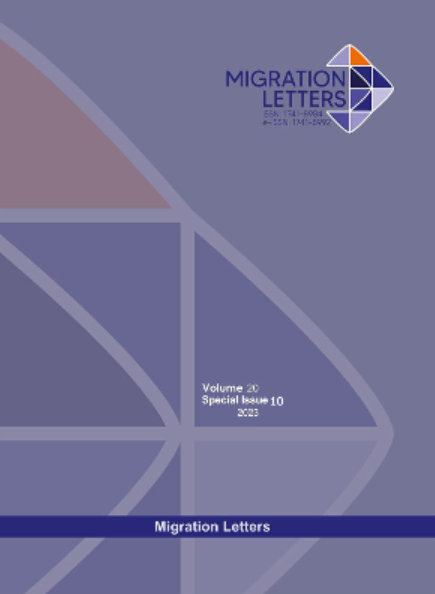The Effectiveness of Picture Exchange Communication System (PECS) in Treating Echolalia in Autistic Children
DOI:
https://doi.org/10.59670/ml.v20iS10.5406Abstract
Autism spectrum disorder (ASD) affects children and leads to restrictive and repetitive behavioral patterns. This combination of social communication skills deficits and behavioral excesses leads to the emergence of restricted, repetitive vocal behavioral patterns commonly referred to as echolalia. Echolalia can affect a child's ability to communicate and interact with the people in their environment. For children who have ASD, the condition can not only persist into adulthood but also undermine functional speech. In line with this, the proposed study examines the effectiveness of the Picture Exchange Communication System (PECS) intervention in treating and managing echolalia in children with ASD. The study used a single-subject design, which included three phases: baseline, intervention, and maintenance. Three children diagnosed with autism spectrum disorder and exhibiting echolalia were selected for this study. The results of this study suggest that the intervention effectively reduced echolalia in children with autism. All three participants showed a significant reduction in echolalia frequency during the intervention phase compared to the baseline phase. The maintenance phase also demonstrated that the effect of the intervention was sustained over time. These findings have important implications for clinical practice. Practitioners working with children with autism who display echolalia should consider implementing evidence-based interventions such as the PECS intervention to reduce this behavior.
Metrics
Downloads
Published
How to Cite
Issue
Section
License

This work is licensed under a Creative Commons Attribution-NonCommercial-NoDerivatives 4.0 International License.
CC Attribution-NonCommercial-NoDerivatives 4.0






